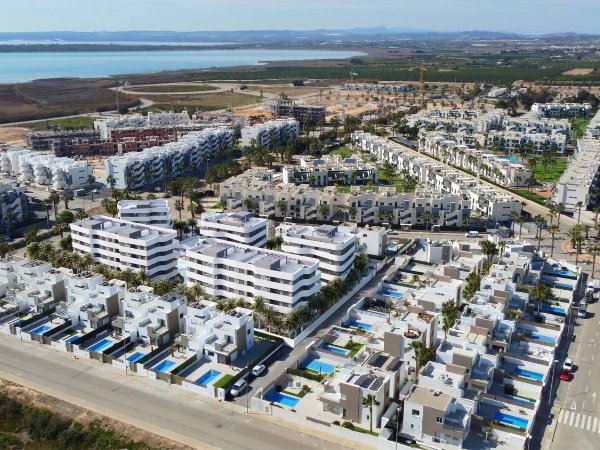The province of Alicante has more than 1,350,000 houses, but only a little more than half are permanently occupied. The rest, up to 44% of the total, are mainly second homes and, to a lesser extent, empty properties.
This is a percentage much higher than the national average – which stands at 30% – and clearly reflects the weight that so-called residential tourism has in the area, both from an economic and urban point of view.
This is reflected in the latest data published by the Valencian Institute of Statistics based on the 2021 Population and Housing Census, which also reveals that holiday homes are the ones that have grown the most in the last decade,
in Benidorm second homes represent 51% of the housing stock; a figure that rises to 54% in El Campello; or 55% in Xàbia. In Calp, Dénia, Orihuela, Santa Pola and Pilar de la Horadada it exceeds 60%, but in Guardamar del Segura, holiday properties represent 73.3% of the total. Or put another way, only one in four houses in the municipality is occupied throughout the year.
However, there are more advantages than disadvantages in the massive presence of second homes in their municipalities, according to the mayor of Guardamar, José Luis Sáez . “The existence of all these homes represents a large volume of income for the council, especially through the IBI, which then does not require the same level of service provision as the rest throughout the year.” Thus, the budget of the council that he presides, about 22 million euros annually, is much higher, almost double, than that of other nearby cities of a similar size, thanks to this income.
Of course, in contrast, according to Sáez, there are many parts of the municipality devoid of life for most of the year and, in addition, the prices of houses are much higher than in other nearby towns with less presence of tourist homes, which causes a certain exodus of the local population to other towns that, of course, is more than compensated by the arrival of new foreign residents.





